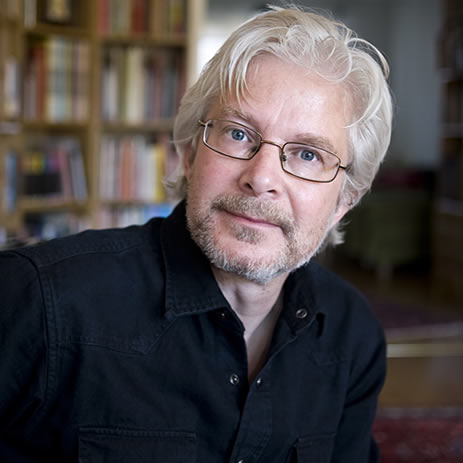Healthcare professionals experience ethical dilemmas and ethically challenging situations on a daily basis. A child receiving important treatment may have difficulty sitting still. How should one think about physically restraining children in such situations? In order to provide good care, healthcare professionals may regularly need time and support to reflect on ethical dilemmas that may arise in their work.
Experiences from an attempt to introduce regular reflection on ethics cases are reported in an article with Pernilla Pergert as the main author. Staff in pediatric cancer care received training in conducting so-called ethics rounds, where healthcare professionals meet to discuss relevant ethics cases. The course participants were assigned to arrange ethics rounds at their respective workplaces both during and after the training. They were then interviewed about their experiences. Hopefully, the results can help others who are planning to introduce ethics rounds.
The experiences revolved around the challenge of positioning ethics in the workplace. How do you find time and space for regular ethical reflection in healthcare? Positioning ethics was not least about the status of ethics in a healthcare organization that prioritizes direct patient care. From such a perspective, ethics rounds may be seen as a luxury that does not really belong to the care work itself, even though ethical reflection is necessary for good care.
The interviewees also spoke about different strategies for positioning ethics. For example, it was considered important that several interested parties form alliances where they collaborate and share responsibility for introducing ethics rounds. This also helps ensure that several different professional groups can be included in the ethics rounds, such as physicians, nurses, social workers and psychologists. It was also considered important to talk about the ethics rounds and their benefits at staff meetings, as well as to identify relevant patient cases with ethical dilemmas that may create concern, uncertainty and conflicts in the care work. These ethical dilemmas do not have to be big and difficult, also more frequently occurring everyday ethical challenges need to be discussed. Finally, the importance of scheduling the ethics rounds at fixed times was emphasized.
The authors conclude that their study highlights the need to position ethics in healthcare so that staff can practice ethics as part of their care work. The study also exemplifies strategies for achieving this. A major challenge, the authors emphasize, is the polarization between care and ethics, as if ethics were somehow outside the actual care work. But if ethical dilemmas are part of everyday healthcare, then ethics should be seen as an integral part of standard care, the authors argue.
Read the article here: Positioning Ethics When Direct Patient Care is Prioritized: Experiences from Implementing Ethics Case Reflection Rounds in Childhood Cancer Care.

Written by…
Pär Segerdahl, Associate Professor at the Centre for Research Ethics & Bioethics and editor of the Ethics Blog.
Pergert, P., Molewijk, B. & Bartholdson, C. Positioning Ethics When Direct Patient Care is Prioritized: Experiences from Implementing Ethics Case Reflection Rounds in Childhood Cancer Care. HEC Forum (2024). https://doi.org/10.1007/s10730-024-09541-6
We like real-life ethics




